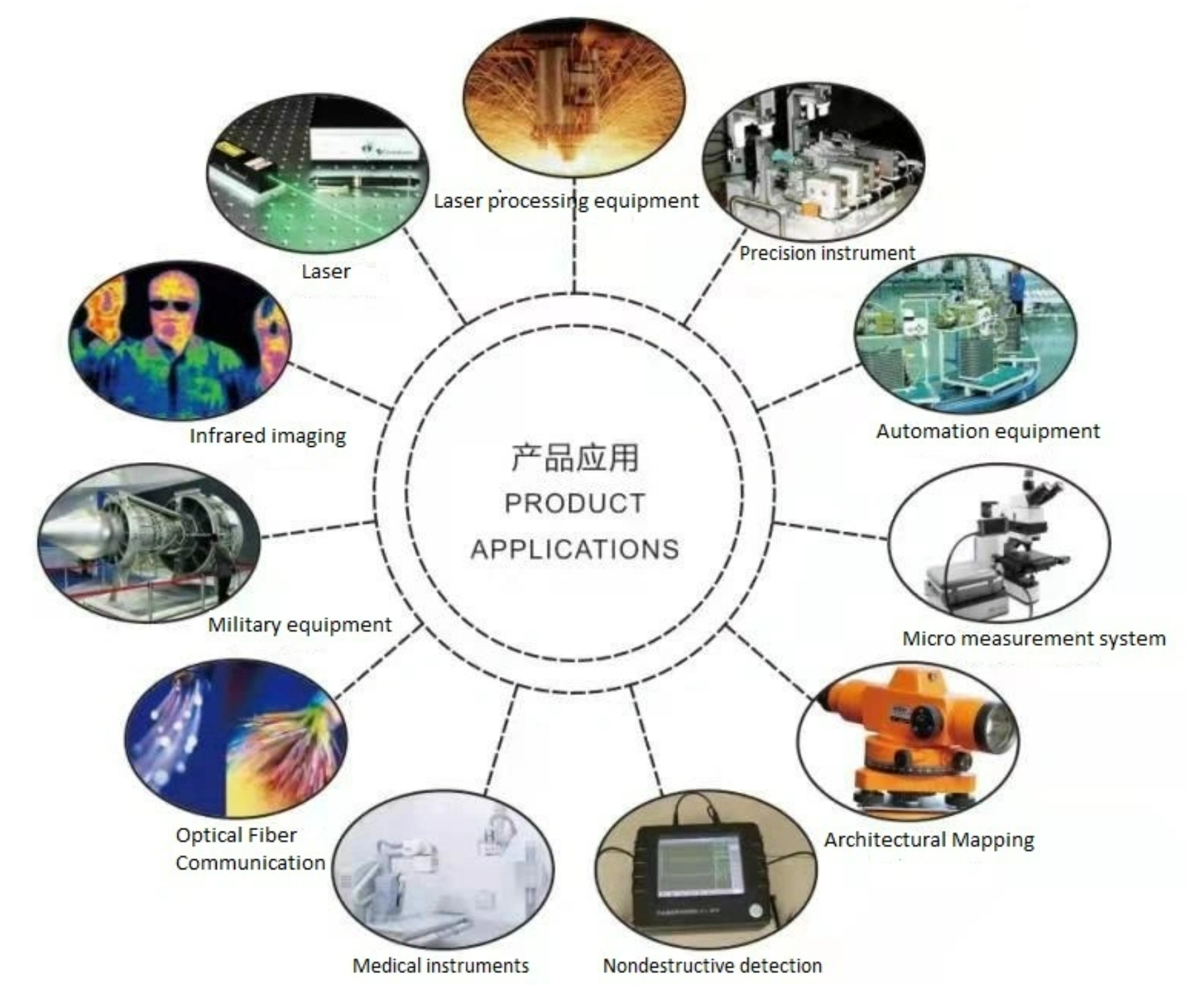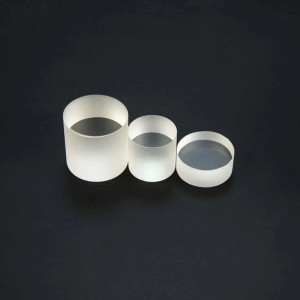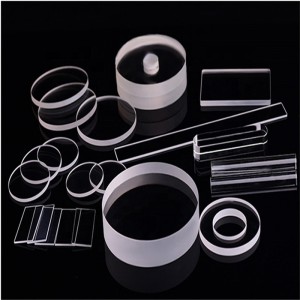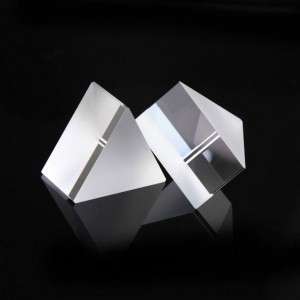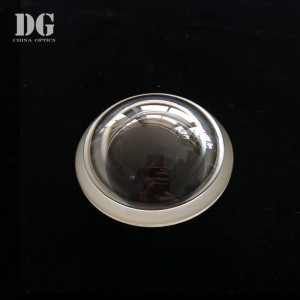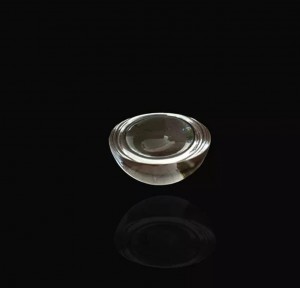Optical Glass Bk7 K9 Cylindrical Rods Lens for Optical Equipment
Optical Windows

A rod lens is a cylindrical lens which has the geometrical form of a cylinder and has a polished mantle, while the two flat end surfaces may be ground. It is analogous to a ball lens for focusing in both directions. Rod lenses can be used, for example, for collimating a divergent beam in one dimension (see Figure 1) or for focusing light to a line. There are also imaging applications. Note, however, that a rod lens exhibits substantial spherical aberrations when light propagation is not restricted to a small fraction of its cross-section. Rod lenses are available with different optical materials, mostly with glasses like fused silica and BK7, but also with crystalline materials like YAG or silicon, e.g. for infrared optics.
DG offers rod lenses made from BK7, UV-grade fused silica or other types of optical glass, with minimum diameter of 0.6 mm, roundness error down to 0.005 mm and diameter tolerance down to 0.01 mm. Customized rod lenses are available upon requests.
Rod lenses are polished on the circumference and ground on both ends. Optical performance is similar to a cylinder lens. Collimated light passing through the diameter of the rod lens will be focused into a line. N-BK7 and UV fused silica substrates are available for a variety of UV, visible and NIR applications.
It is also possible to grind and polish the end of a rod lens, creating a long circular lens with a very narrow diameter. Such lenses are ideal for rigid endoscopes, a type of medical instrument used by surgeons to view regions inside the body. Conventional microlenses are not ideal for endoscopes because they are challenging to align along the length of the tube. Using rod lenses eliminates this problem because such lenses self-align to the tube diameter.
These are used in several applications including laser focusing beam into a line, changing beam shape into sheet-shape or irradiating at a distance with elongated line.
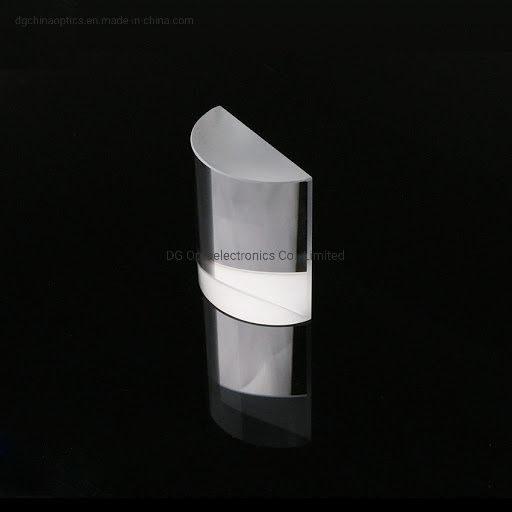
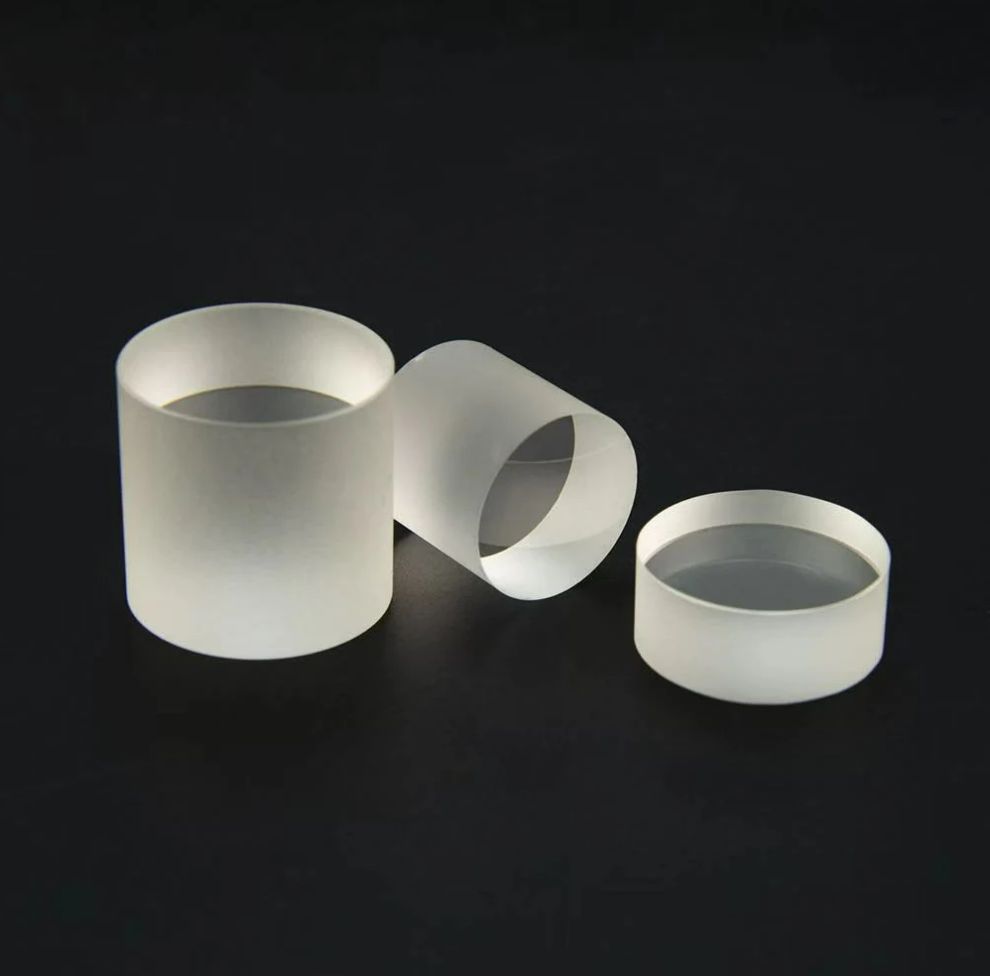
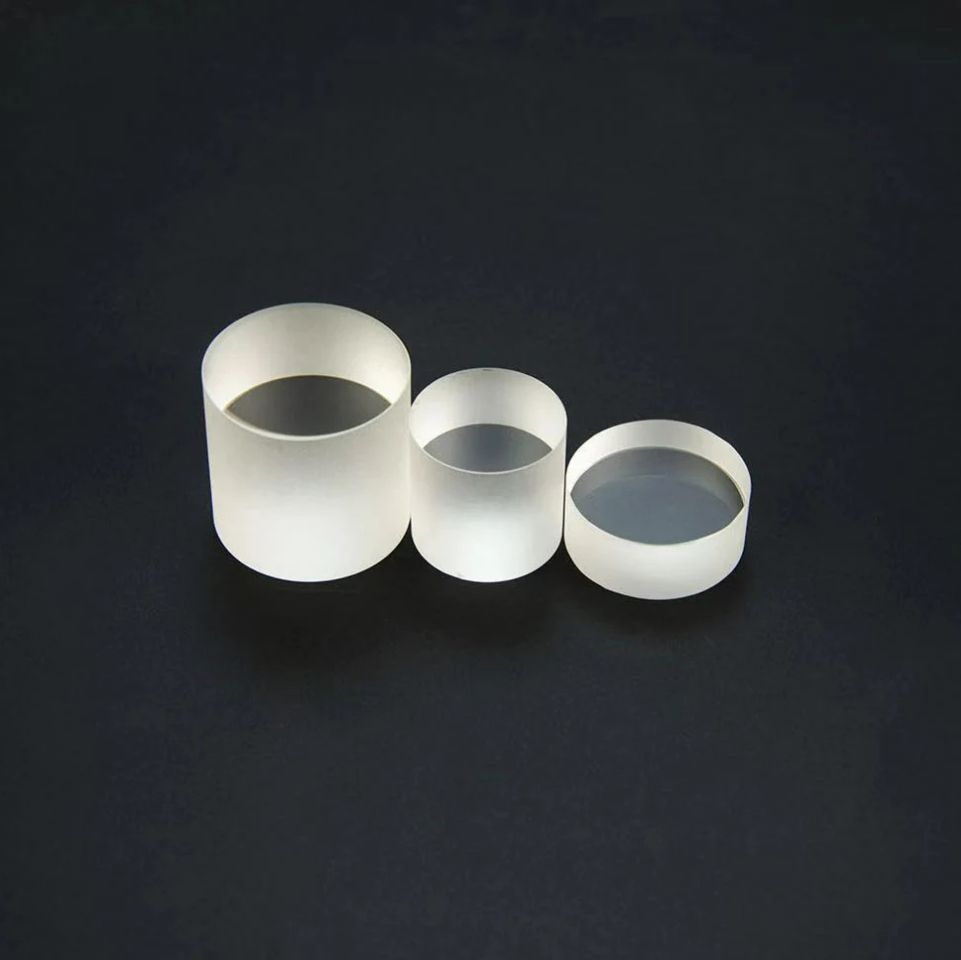
Specifications
Material: Schott, Ohara, CDGM, Corning Fused Silica and JGS1, JGS2
Shape: Rod
Focal length: +/-1%
Surface Quality: 40-20 or better
Surface figure: l/4 @ 633nm
Angle: +/-5″
Clear Aperture: >90%
Coating: Coated or uncoated
